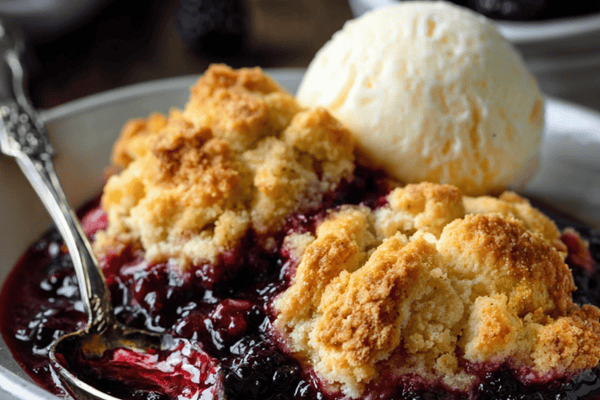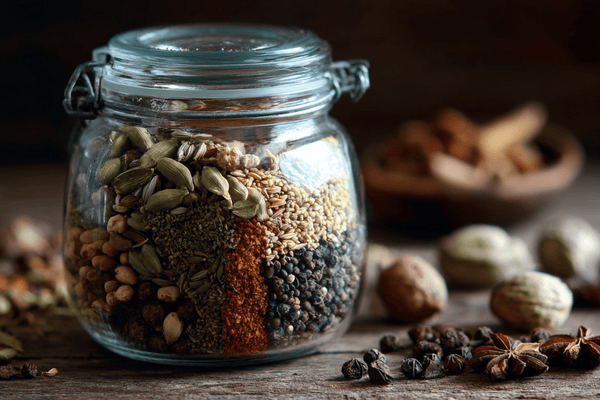
If you’re preparing yourself for slicing some fish for your salmon sashimi or want to try your hand at making sea urchin sushi, then it goes without saying that a Western chef knife just won't cut the mustard. You’ll want the most authentic experience.
Using a set of quality Japanese steel kitchen knives is definitely the way forward, but even if you’ve been using these types of knives for years, there’s always something that will surprise you about them.
We’ve put together some really interesting facts about the Japanese kitchen knife in this article, so let’s get to know these popular kitchen accessories a little better...
Table of contents
- Japanese Knives Come With Some Special Titles
- Japanese Chef Knives Have a Religious History
- Japanese Knives Have Roots in Sword Making
- Japanese Knives are Multi-Layered
- Pro Chefs Need to Practice With a Japanese Knife
- Lefties Aren't Left Out When It Comes to Japanese Kitchen Knives
- You Shouldn't Sharpen Japanese Kitchen Knives With a Machine
- Not All Japanese Knives Are Handmade
- It Takes a Village to...Make a Knife?
- There's an Elite Japanese Knife
- Final Thoughts
1 Japanese Kitchen Knives Come With Some Special Titles

In English, we’re pretty used to the names we give to chef knives but when shopping for Japanese knives, you’ll come across a whole host of new names. Don't worry, you’re not going to need a degree in the Japanese language to figure it out, but it is worth getting to know some of the terminology.
Traditional Japanese knife design names include the deba, usuba, nakiri, kiritsuke, yanagiba, yo-deba, honesuki, garasuki, takohiki, santoku - to name just a few... Due to the shape of the blades, and how thin the steel is, with some blades getting thinner towards the tip, they all have a particular use and are employed for certain tasks in food preparation.
The Nakiri is a great vegetable knife, whereas the Yanagiba is a much thinner blade, and is the knife used traditionally in Japanese cuisine, for filleting a fish like a Western boning knife.
The gyuto is one of the most common Japanese knives and is the equivalent of the European chef’s knife, used primarily for slicing meat. But then the santoku (meaning three virtues) knife is also a popular choice thanks to how it is so multipurpose, being suitable for slicing meat, fish and vegetables alike.
And do you know what to call a Japanese utility knife? It’s called the petty knife and is somewhere between a utility knife and a paring knife.
2 Japanese Chef Knives Have a Religious History
There’s much more to Japanese kitchen knives than just being great kitchen implements. Knives found in Japan can be dated back as far as 710 in the Nara Era.
These long, sharp curved blades were believed to have been reserved for aristocracy and used during religious ceremonies! These ceremonies usually involved people cutting up fish or cranes to ceremonial music.
3 Japanese Knives Have Roots in Sword Making

When you think of a Japanese blade, you’ll probably think of the Samurai sword. But not many people would associate these razor-sharp, mighty swords with a seemingly humble kitchen knife.
However, the inspiration behind these blades comes from ancient sword-making techniques. While at one point in Japanese history, there was a huge call for katana swords, this need diminished over time. However sword makers still needed to make a living, and so many turned their attention to making knives and the rest, as they say, is history. The Japanese are now famous for making the very best chisels, wood planes, saws, swords and knives throughout the ages.
4 Japanese Knives Are Multi-Layered
When you buy a Japanese knife, you aren’t buying a single piece of sharp steel. Instead, you’re buying something that features a solid yet brittle inner piece of steel surrounded by layers of harder steel. The reason for this is that it allows the thin blade to retain a much sharper edge; something that this type of chef knife is famed for.
However, since the type of steel that’s often used, hagane steel, is still delicate, you may find that cutting and slicing harder things when preparing food, like bones, causes damage much more easily.
5 Pro Chefs Need to Practice With a Japanese Knife
When you use a European/Western chef's knife, it will normally be double beveled. This means that cutting in a straight line, for example, slicing down the middle of a vegetable, is foolproof. However, since pro chefs usually use a single-bevel wabocho knife, they need to have a lot more practice with both the motion and the angle.
Cutting straight with these knives has a knack which is why traditional Japanese knives are typically reserved for pull slicing techniques. If you want to improve your knife skills, you'll need to practice and have patience!
6 Lefties Aren’t Left Out When It Comes to Japanese Kitchen Knives

If you’re one of the 10% of people whose left hand is dominant, you might struggle to use a single bevel knife. However, there’s good news; Japanese kitchen knives can be purchased as either a left-handed or right-handed tool. Right-handed knives have the bevel on the right while left-handed knives have the bevel on the left. Who said these weren’t diverse pieces of equipment?
7 You Shouldn’t Sharpen Japanese Kitchen Knives with a Machine
Fortunately, Japanese knives are designed to retain their edge well, but there’s a limit to everything. While you can sharpen a Western knife using a knife sharpener, sharpening in this way is never recommended for Japanese blades.
The best tip we can give when buying Japanese knives is to make sure that you maintain them as best as possible with the proper care. This will ensure they keep their hardness, sharpness and edge for much longer.
You can also maintain the quality of these steel knives by keeping them clean and dry, making sure the blade is correctly aligned and always cutting on an appropriate surface. When it does need to be sharpened, you’ll need a traditional whetstone to sharpen the edge whilst protecting the rest of the blade.
8 Not All Japanese Knives Are Handmade
When most people think about Japanese kitchen knives, they imagine someone painstakingly forging a stunning stainless steel blade in a little workshop. Of course, knives are made still today in this way, but in the modern world, where demand is high, a lot of Japanese knives are now mass-produced.
Provided that you search for a reputable manufacturer, there’s nothing to say that these knives won’t be of exceptional quality. But if you want to be able to say that you own a handmade Japanese kitchen knife, you’ll need to be willing to pay an awful lot for this privilege.
9 It Takes a Village to….Make a Knife?

While mass-produced knives have become popular, there’s nothing better than a lovingly-crafted tool. Around 1,000 years ago, the knife-making process was just in its infancy. Over the following 600 years, it was perfected and knives were created by more than just one person. To get the very best quality blades, they would need to pass through several, very skilled hands.
The first craftsman would be a blacksmith who would forge the steel and then pass it to a sharpener who would hone the blade. Next, the blade would be given to a professional polisher before moving onto a wood handle installer. Each person played an important role in its creation. This process was developed in Osaka and can still be seen in action today.
10 There’s An Elite Japanese Knife
While all Japanese knives are excellent kitchen tools, there is one that is highly prized by the most experienced and professional chefs; the honyaki.
This knife is incredibly difficult to make being made from only steel; only the best craftsmen and women can make them and this is why you’ll pay a lot more for the honour of owning one. Even the polishing stage of creating this knife involves more than sixty steps!
Many call the honyaki the ‘ultimate kitchen utensil’ but as well as taking some skill to make it, there’s a huge learning curve in using it. Unless you’re a Michelin-starred sushi chef, it might not be worth the investment!
Final Thoughts
There’s nothing more synonymous with quality in the kitchen than a good set of Japanese kitchen knives. But getting to know your blades involves much more than just learning how to use them.These knives have a rich history that deserves to be heard. So, next time you use your santoku knife, deba knife, gyuto or kiritsuke knives, think about the knowledge, skill, process and love that has gone into making them!


